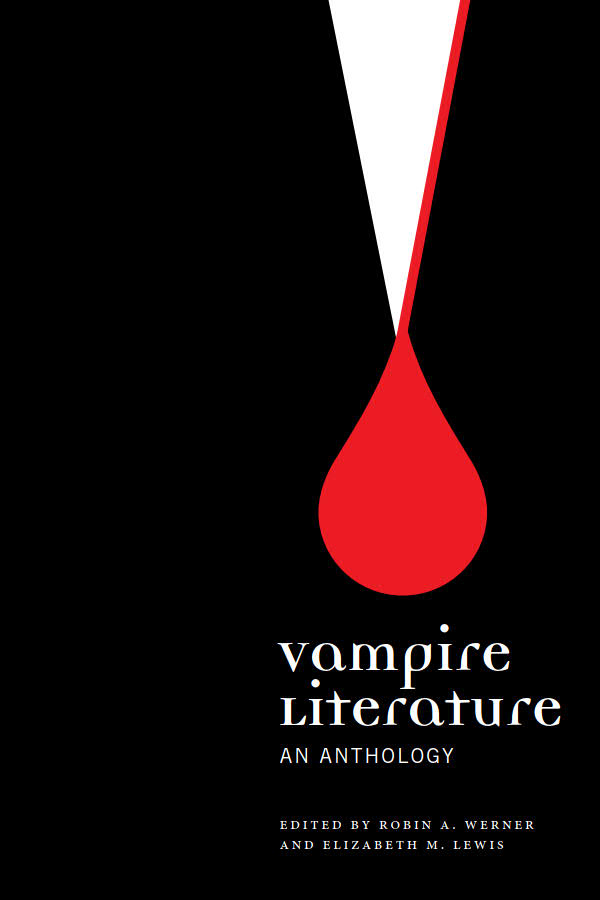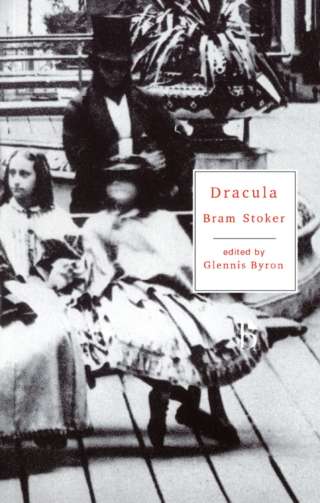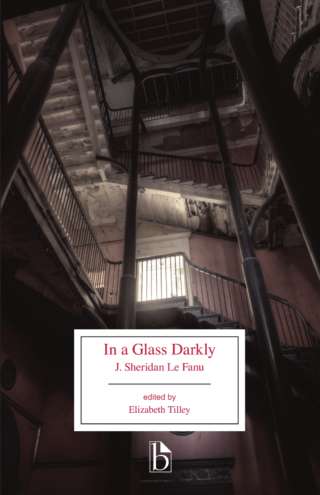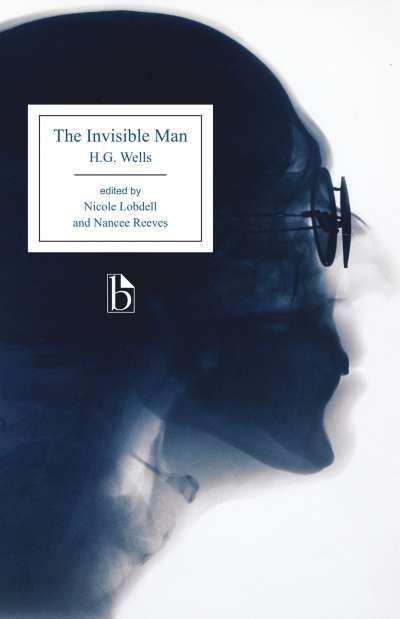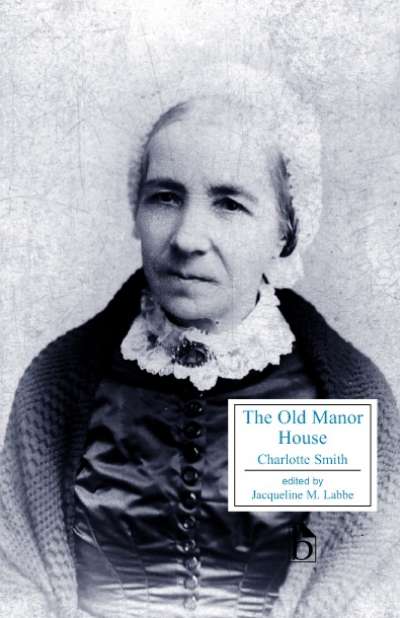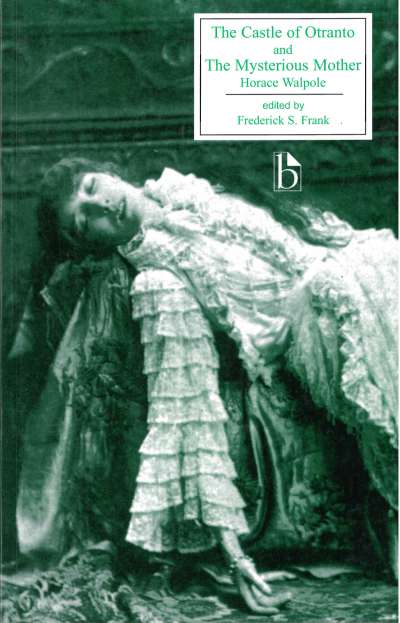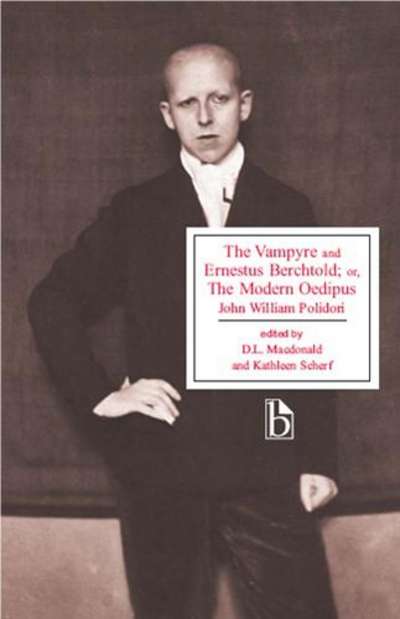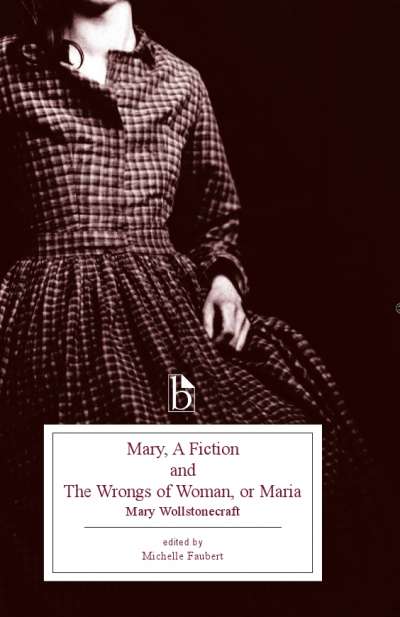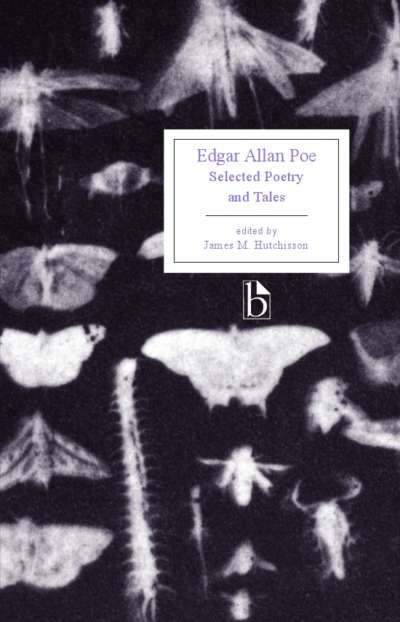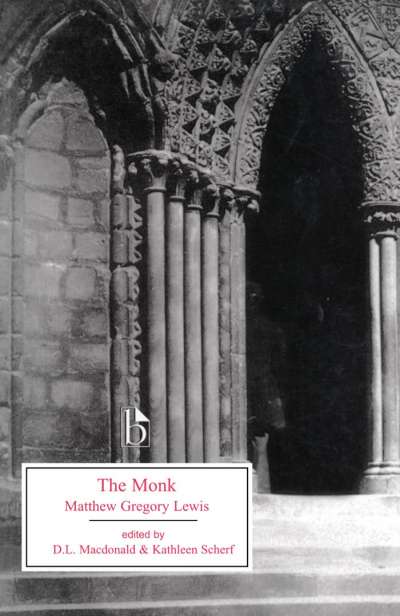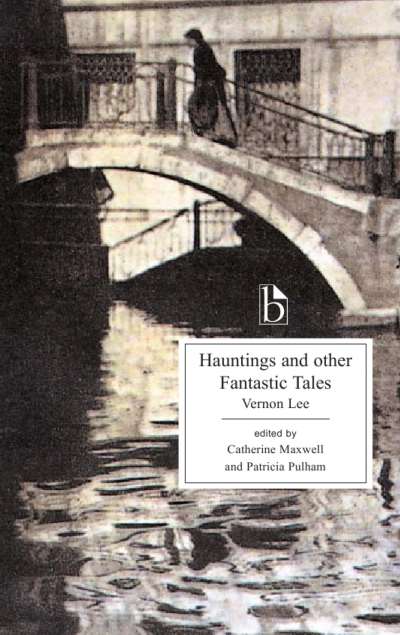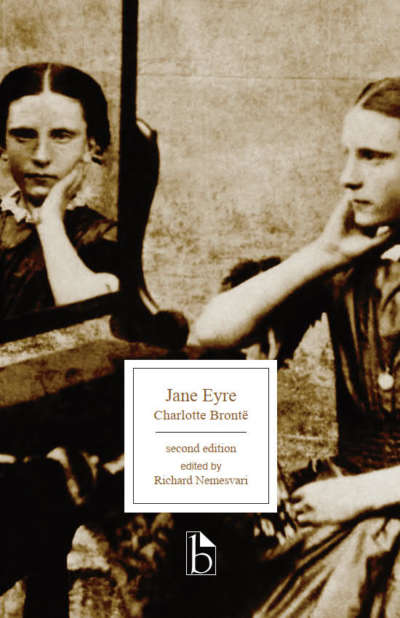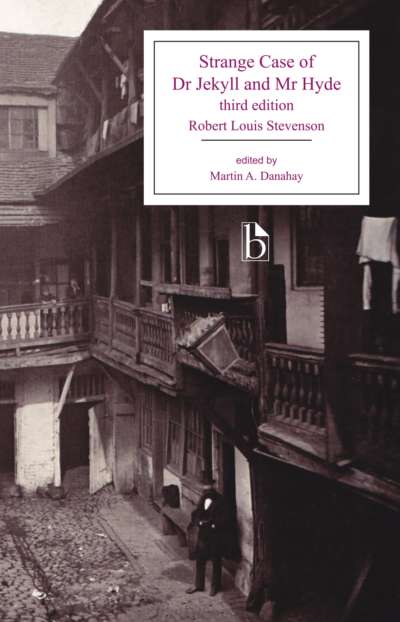Vampire Literature: An Anthology is the first anthology of vampire literature designed specifically for use in the higher education classroom. As Nina Auerbach argues in her introduction to Our Vampires, Ourselves, vampires are “personifications of their age”; with coverage from the early nineteenth century to the twenty-first, Vampire Literature: An Anthology brings together a wide range of texts from many eras—and bring together as well work by American, British, Irish, and Caribbean writers. The focus is on shorter prose texts, primarily short stories and novellas (Polidori’s The Vampyre and LeFanu’s Carmilla are included in full); in a few cases, longer works are excerpted. Included as well are a range of illustrations and other visual materials.
With an informative general introduction, headnotes to each selection, and explanatory footnotes throughout, Vampire Literature: An Anthology is ideally suited for use in the undergraduate classroom.
Introduction: What Is a Vampire?
Vampires and Power
- John William Polidori, The Vampyre (1819)
- James Malcolm Rymer and Thomas Pecket Prest, from Varney the Vampire (1847)
- Vasile Alecsandri, “Vampire (Strigoiul)” (1886)
- Bram Stoker, “Dracula’s Guest” (1914)
- Henrik Galeen, Nosferatu (1922)
- Richard Matheson, “Drink My Blood” (1951)
Vampires and Immortality
- Elizabeth Grey, “The Skeleton Count; or, The Vampire Mistress” (1828)
- Mary Elizabeth Braddon, “The Good Lady Ducayne” (1896)
- Arabella Kenealy, “A Beautiful Vampire” (1896)
- Philip K. Dick, “The Cookie Lady” (1953)
Vampires and Race
- Uriah Derick D’Arcy, from “The Black Vampyre: A Legend of Saint Domingo” (1819)
- Florence Marryat, from The Blood of the Vampire (1897)
- James Weldon Johnson, “The White Witch” (1922)
- William Crain, from Blacula (1972)
- Ngũgĩ wa Thiong’o, from Devil on the Cross (1980)
- Jewelle Gomez, from “Rosebud, Missouri: 1921,” The Gilda Stories (1991))
- Ibi Aanu Zoboi, “Old Flesh Song” (2004)
- Octavia E. Butler, from Fledgling (2005)
Vampires and Sexuality
- Henrich August Ossenfelder, “Der Vampir” (1748)
- Johann Wolfgang von Goethe, “The Bride of Corinth” (1797)
- Sheridan Le Fanu, Carmilla (1872)
- Eric Stenbock, “The True Story of a Vampire” (1894)
- Anne Rice, “The Master of Rampling Gate” (1984)
- Billy Martin, from Lost Souls (1992)
Vampire Hunger
- C.L. Moore, “Shambleau” (1933)
- Fritz Lieber, “The Girl with the Hungry Eyes” (1949)
- Angela Carter, “The Lady of the House of Love” (1979)
- Karen Russell, “The Vampires in the Lemon Grove” (2013)
Vampire Family
- Aleksey Konstantinovich Tolstoy, “The Family of the Vourdalak” (1839)
- Stephen King, “One for the Road” (1977)
- Jane Yolen, “Mama Gone” (1991)
- Toni Brown, “Immunity” (1996)
- Nalo Hopkinson, “Greedy Choke Puppy” (2001)
- Silvia-Moreno Garcia, “A Handful of Earth” (2011)
- Kazuki Sakuraba, from A Small Charred Face (2014)
Illustrations
Criticism
- Sigmund Freud, from “The Uncanny” (1919)
- Christopher Craft, from “‘Kiss Me with Those Red Lips’: Gender and Inversion in Bram Stoker’s Dracula” (1984)
- Stephen D. Arata, from “The Occidental Tourist: Dracula and the Anxiety of Reverse Colonization” (1990)
- Sue-Ellen Case, from “Tracking the Vampire” (1991)
- Nina Auerbach, “Introduction: Living with the Undead,” Our Vampires, Ourselves (1995)
- Kendra R. Parker, from “Introduction: The First Bite,” Black Female Vampires in African American Women’s Novels, 1977–2011: She Bites Back (2018)
Works Cited
Robin A. Werner and Elizabeth Miller Lewis are instructors in the Department of English at the University of New Orleans.

